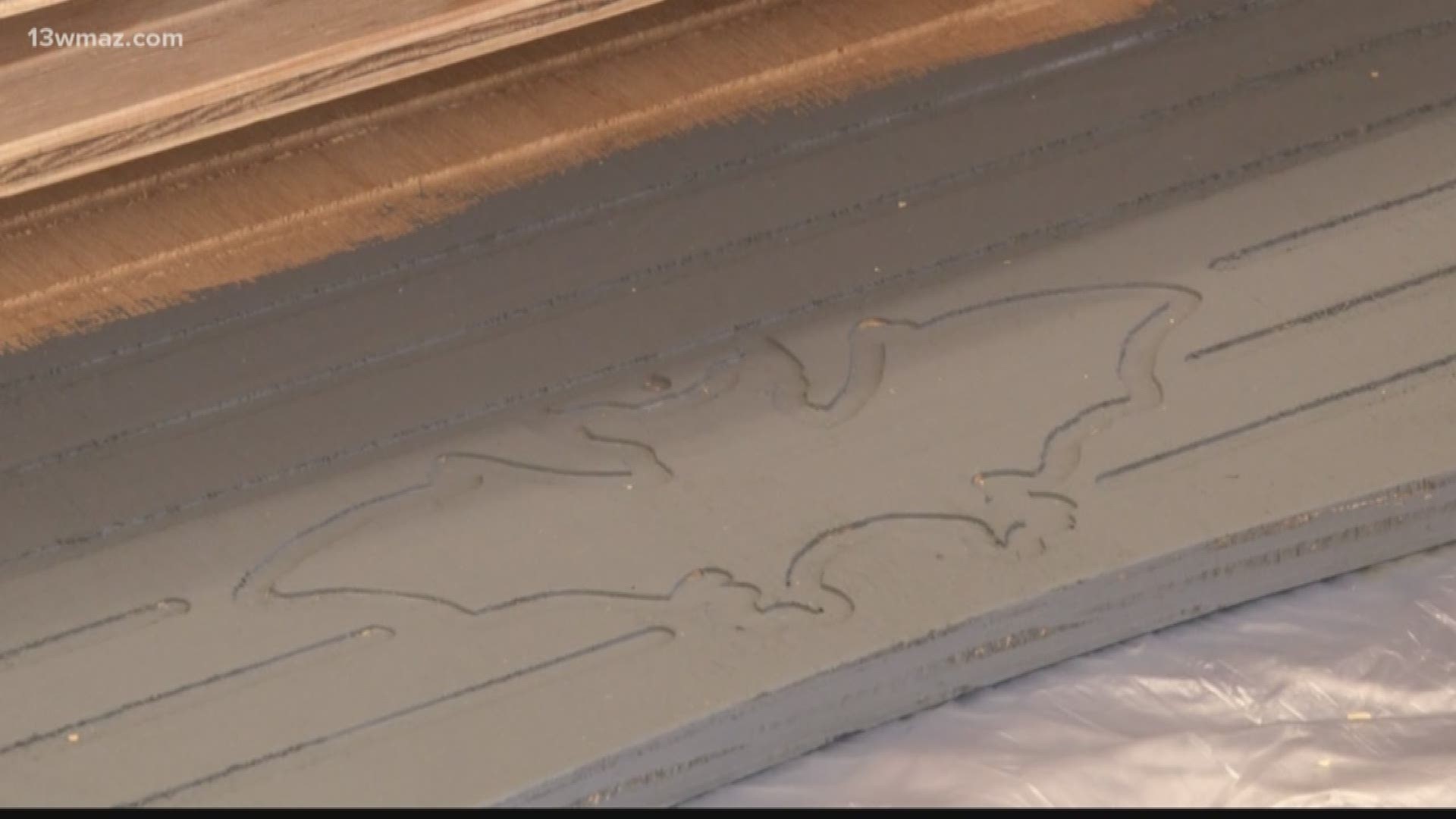FORSYTH, Ga. — Some little scientists at Hubbard Elementary School are working to put the final touches on new homes for around 600 tiny bats.
According to the state Department of Natural Resources, the Indiana bat is critically endangered. They blame a fungal disease called white nose syndrome that started wiping out entire caves in New England. The disease moved to Georgia more than a decade ago.
Another problem, people often destroy the bats' homes. "Basically, we're trying to apologize to the bats by giving them a new home," says third grader, Sara Saunders.
After Kimberly Harris' class received a grant from the Georgia Department of Natural Resources, they set out to help these flying mammals.
"They actually don't harm you. They eat annoying bugs like moths and stuff like that," says Saunders. 3rd grader Brett Little adds, "they've been helping us and it's not right to hurt them when they aren't hurting us and helping us."
Over in the lab these 3rd graders get out their green thumbs. Students are growing plants that attract insects that bats like to eat, so after the plants grow they take them outside, and plant them around the houses for bats to feast on the bugs.
Before planting begins, they need to find the perfect spot to set up the homes. Bat homes must stay about 30 feet away from trees to keep predators away, can't be near flood lights, and need a source of water close by. In Harris' class, students learn how to think critically and problem solve in order to find the perfect spot to set up homes.
"When there's a real-life application, when they can see the benefit of what they're doing, children will rise to the occasion, and they will work a lot harder, and with a lot more accuracy to complete tasks," says Gifted English Language Arts teacher, Dr. Kimberlie Harris.
After many weeks of hard work students hope the new homes help to bring the bats off the endangered species list.

